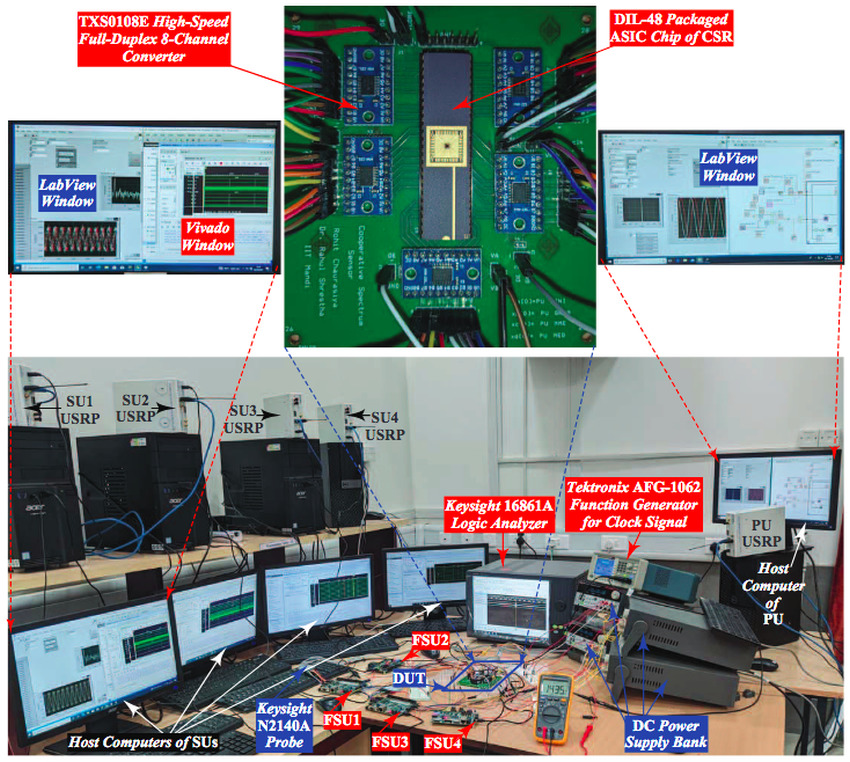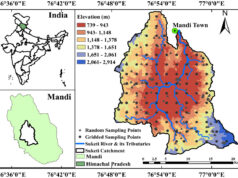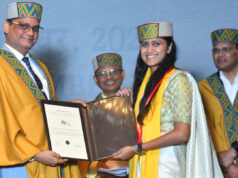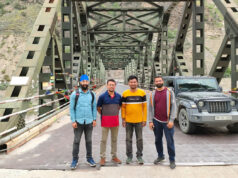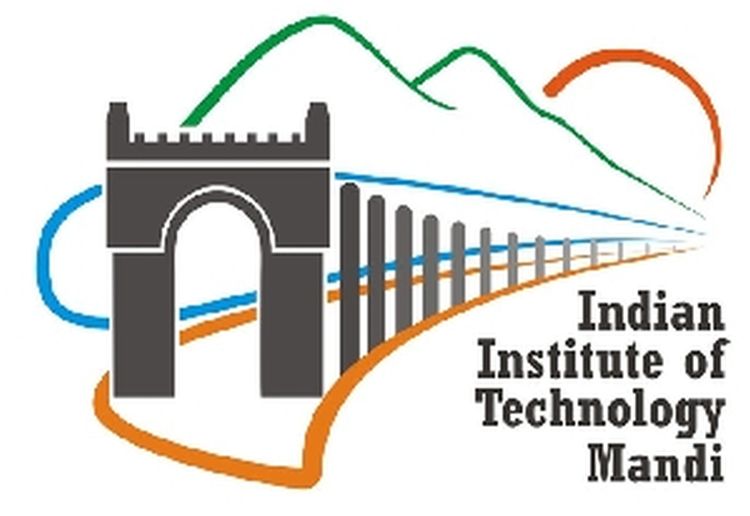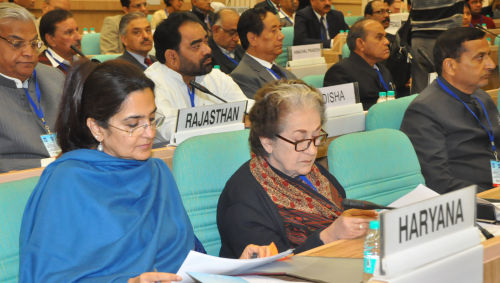This Cooperative Spectrum Sensor can be used in future 5G and 6G wireless communication technologies for enhancing spectral efficiency and will also help in establishing broadband services in remote and rural parts of the country.
Mandi: Researchers at the Indian Institute of Technology Mandi have developed state-of-art solutions in telecommunications technologies. The recent development of cooperative spectrum sensors enhances the reusability of the radiofrequency spectrum to meet the growing demands of data communication in future wireless communication applications.
Pointing out the need for research in the area of spectrum optimization, Dr. Rahul Shrestha, Assistant Professor, IIT Mandi, said, “Given the fixed-spectrum allocation policy by many governments around the world, including ours, it becomes important to use the available spectrum intelligently. Cognitive Radio Technology is considered one of the best ways to optimize spectrum use.”
Not all parts of the spectrum band licensed to a telecom company (called primary user or PU) are used all the time by the PU. The idea of Cognitive Radio Technology is that a wireless device such as a cell phone, used by the secondary user (SU) can be fitted with a special sensor that can detect such “spectrum holes”, (spectrum parts that are not used by the PU) and use them when the main channel is unavailable or crowded. This forms the basis of a dynamic-spectrum access policy that can overcome shortages of available spectrum at a given time. The spectrum-hole detecting sensor that is built into the SU’s device is called a Stand-Alone Spectrum Sensor (SSSR).
Elaborating on the relevance of the team’s research, Dr. Rahul Shrestha, said, “The SSSR’s detection capability is often less than satisfactory due to problems such as hidden-node and signal-to-noise ratio (SNR)-wall problems. This leads to the unreliability of performance when the SSSR is used in real-time.”
The team’s research work seeks to circumvent the above problem. The work is on a technology in which the wireless device at the SU end is not equipped with a SSSR, but rather transmits the received parts from the spectrum band to a data-fusion center (DFC). The DFC then digitizes these parts and processes them using a single cooperative-spectrum sensor (CSR) instead of using device-level SSSR. The reliable decision is broadcast to all the SU devices for opportunistic communication.
Explaining their work, Rohit B. Chaurasiya, research scholar, IIT Mandi, said, “We have proposed implementation-friendly algorithms for cooperative spectrum sensing with lower computational complexity and have also developed multiple new hardware architectures for CSR and their submodules.”
This digital CSR ASIC-chip developed by IIT Mandi delivers excellent detection reliability of the PU under real-world channel scenarios with the best hardware efficiency and fast sensing time. The CSR chip can be used with any handheld mobile wireless communication device for accessing the unused spectrum. Specifically, it can be used in future 5G and 6G wireless communication technologies for enhancing spectral efficiency.
In addition, this will enable massive deployment of IoT-based networks where numerous connected devices can use spectrum holes for break-less communication. The specific uses of cooperative spectrum-sensing technology in India cannot be understated and will help in establishing broadband services in remote and rural parts of the country.


